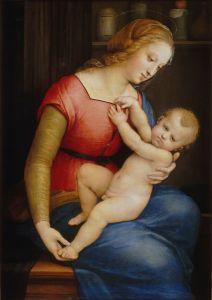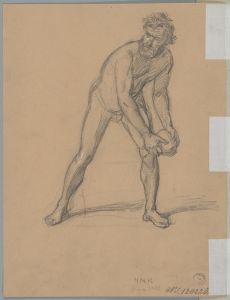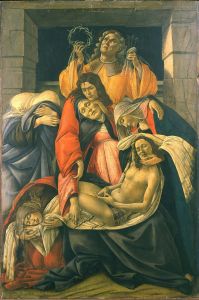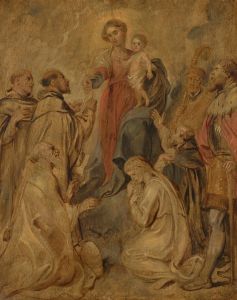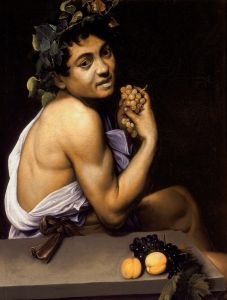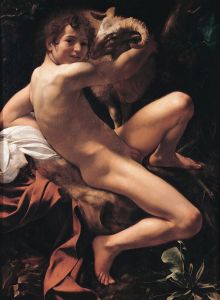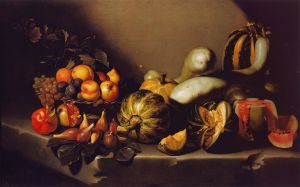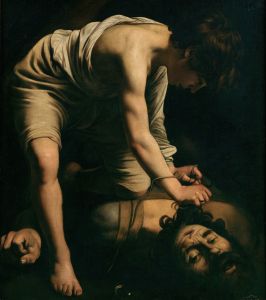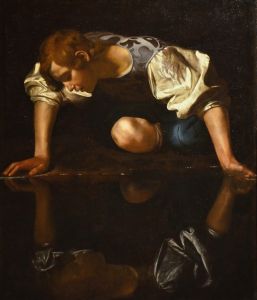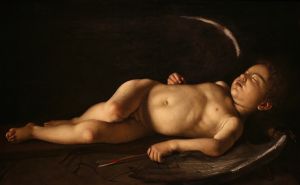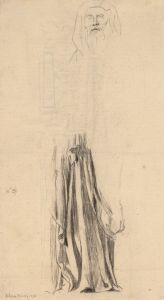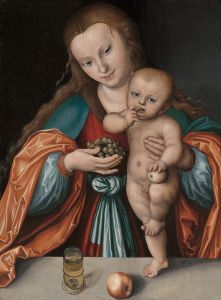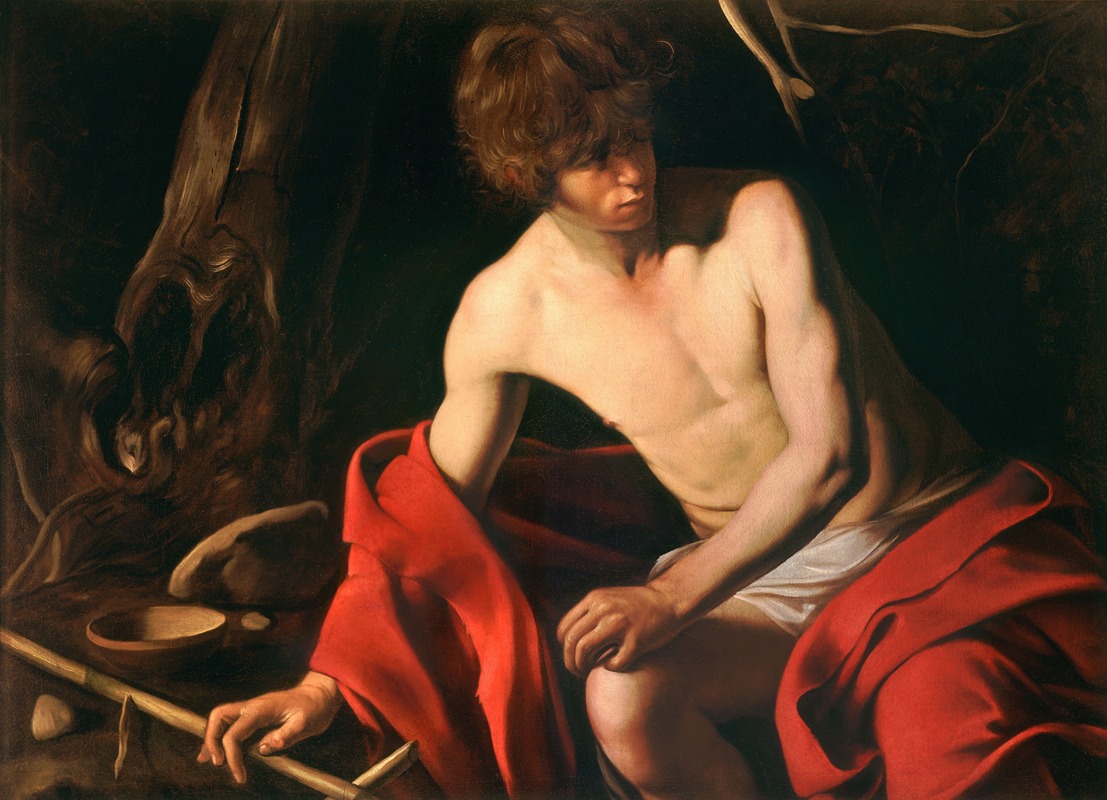
Saint John the Baptist
A hand-painted replica of Caravaggio’s masterpiece Saint John the Baptist, meticulously crafted by professional artists to capture the true essence of the original. Each piece is created with museum-quality canvas and rare mineral pigments, carefully painted by experienced artists with delicate brushstrokes and rich, layered colors to perfectly recreate the texture of the original artwork. Unlike machine-printed reproductions, this hand-painted version brings the painting to life, infused with the artist’s emotions and skill in every stroke. Whether for personal collection or home decoration, it instantly elevates the artistic atmosphere of any space.
"Saint John the Baptist" is a renowned painting by the Italian Baroque master Caravaggio, created around 1604. This artwork is one of several interpretations of the biblical figure by Caravaggio, showcasing his distinctive style characterized by dramatic use of light and shadow, known as chiaroscuro, and a realistic approach to human emotion and physicality.
The painting depicts Saint John the Baptist, a significant figure in Christianity known for baptizing Jesus and preaching in the wilderness. In this work, Caravaggio presents John as a young man, seated in a contemplative pose. He is depicted with a muscular build, wearing a simple, rough garment, which is typical of his ascetic lifestyle. The background is dark, which is a hallmark of Caravaggio's style, allowing the figure of John to emerge with striking clarity and intensity.
Caravaggio's interpretation of Saint John the Baptist is notable for its departure from the idealized representations common in earlier Renaissance art. Instead, Caravaggio opts for a more naturalistic portrayal, emphasizing the humanity and vulnerability of the saint. The use of light in the painting is particularly effective in highlighting the contours of John's body and his facial expression, which conveys a sense of introspection and solemnity.
The painting is believed to have been commissioned by Ottavio Costa, a Genoese banker and one of Caravaggio's patrons. It is currently housed in the Nelson-Atkins Museum of Art in Kansas City, Missouri. The provenance of the painting indicates that it was part of Costa's collection until it was sold in the 18th century. It eventually made its way to the United States, where it became part of the museum's collection.
Caravaggio's "Saint John the Baptist" is often praised for its psychological depth and the artist's ability to convey complex emotions through his depiction of the saint. The painting reflects Caravaggio's innovative approach to religious subjects, where he often infused them with a sense of immediacy and realism that was groundbreaking for his time.
The work is also significant for its influence on other artists of the Baroque period. Caravaggio's dramatic lighting and realistic portrayal of figures inspired many painters, contributing to the spread of the Baroque style across Europe. His approach to religious subjects, focusing on their human aspects, resonated with the Counter-Reformation's emphasis on making religious art more accessible and emotionally engaging for the faithful.
In summary, Caravaggio's "Saint John the Baptist" is a masterful example of the artist's ability to blend realism with dramatic intensity. It captures the essence of the saint with a focus on human emotion and physical presence, reflecting Caravaggio's unique contribution to the art of the Baroque era. The painting remains a significant work in the study of Caravaggio's oeuvre and the broader context of 17th-century art.





